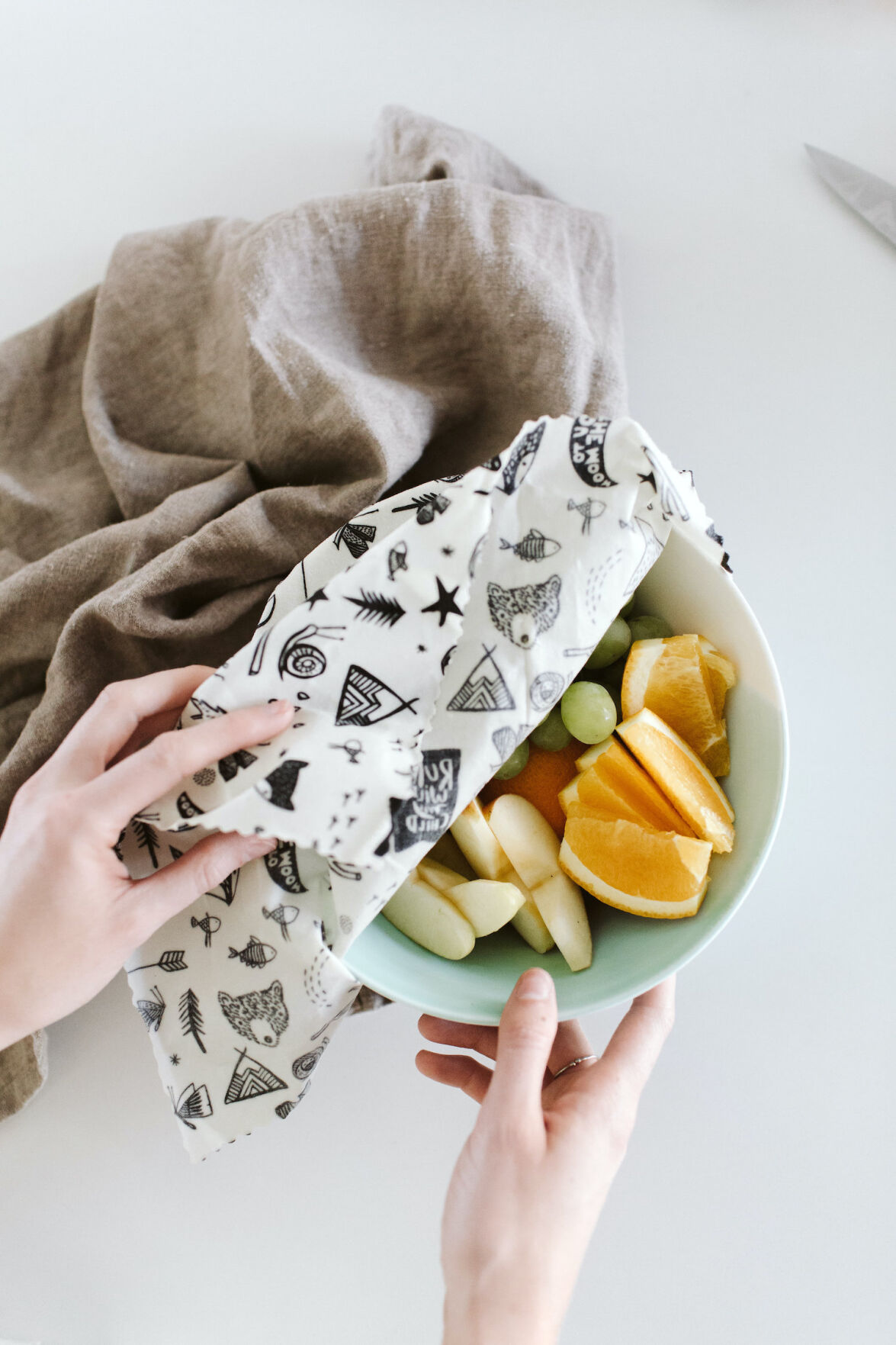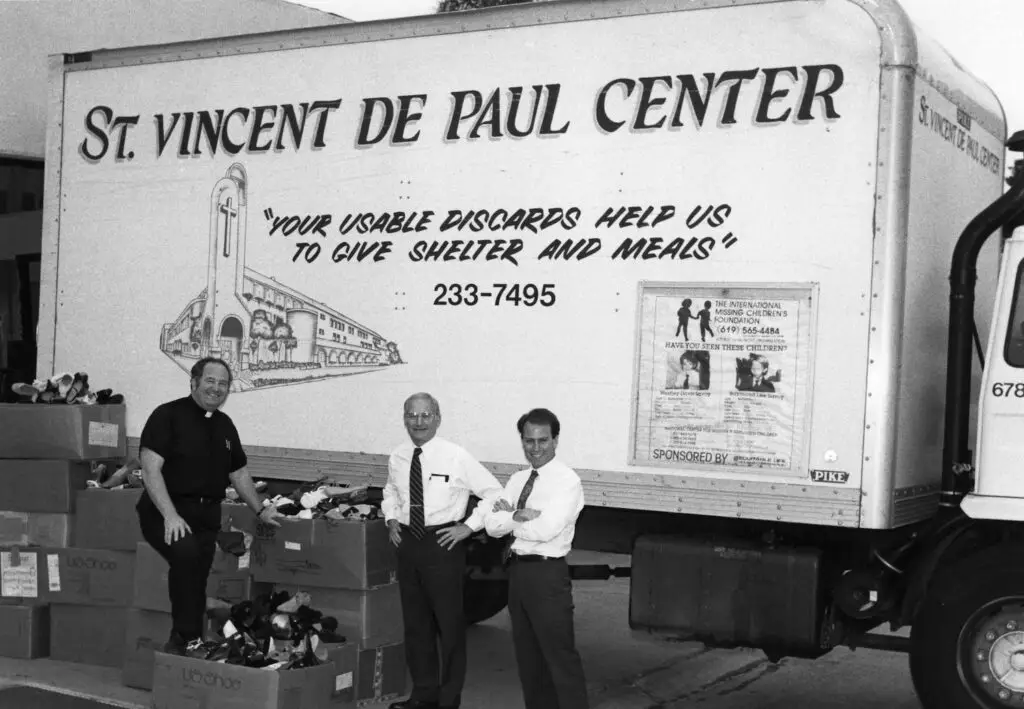
Beeswax – Reap and Sow
Courtesy of Goldilocks Wraps
When it comes to kitchen goods, nothing’s buzzier than making sustainable swaps for single-use items. Cynthia Trujillo, owner of Reap & Sow, knows this best. She’s bet most of her Oceanside boutique on this, creating a space dedicated to eco-conscious shoppers. Beeswax wraps, she says, could be considered a gateway into this lifestyle. They’re a reusable, biodegradable food wrap and substitute for single-use plastic wrap, among other storage solutions. And they’re easy enough to make on your own.
“I use them daily,” Trujillo says. She favors beeswax wraps for bread, fruit, vegetables, and to cover leftovers. “They last a long time, about as long as they’re cared for.” Trujillo shares her tips for how to create and care for your own beeswax wraps.
1. Prepare the fabric
Heat your oven to 150–200 degrees and cover a baking sheet with parchment paper. Cut the cotton fabric to the desired size of your beeswax wrap (we suggest 12 inches square to start), and place it on top of the parchment paper.
2. Apply the wax
Grate your beeswax block* over the fabric, or spread your beeswax pellets over it. Either way, make sure to cover the entire surface of the fabric. Pop the baking sheet into the oven for about five minutes or until the wax has fully melted and seeped into all corners of the fabric.
3. Dry the wraps
Remove the wrap from the oven and use the paintbrush to spread the wax evenly across the fabric. Let it cool, then hang to dry, with clothespins and a hanger or by laying it over the back of a non-fabric chair.
4. Care for it gently
Keep the wrap away from heat, especially hot water. In between uses or when necessary—when the wrap absorbs smells or is visibly dirty—hand wash it in cold to lukewarm water and maybe a mild dish soap. Hang to dry or lay it on a flat surface, and store it in a cool, dry place. Also, avoid using it to store food that would require disinfecting the wrap after its use, like uncooked meat.
5. Reuse, revive, and recycle
Once the wrap begins to lose form or the wax builds up in the creases, it’s time to revive it. To do this, place it on parchment paper on a baking sheet, grate a light coat of beeswax over it, and heat it for two to three minutes. Once the wrap has lived a full life, consider cutting it into strips and composting.
*For a more pliable wrap, consider melting your beeswax (1/4 cup) with pine resin (2 tablespoons) and jojoba oil (1 tablespoon)
1830 South Coast
Highway, Oceanside
PARTNER CONTENT



















